1999 Spy-ship Incident
When asked about Japanese special forces, most people would imagine the Special Operations Group, an elite commando unit belonging to the Ground Self-Defense Force (JGSDF).
However, it was actually the Maritime Self-Defense Force (JMSDF) who had the privilege of operating postwar Japan’s first special forces – the Special Boarding Unit (SBU).
Established in 2001, three years prior to the JGSDF’s Special Operations Group, the SBU is a navy commando unit specializing in maritime counter-terrorism, designed especially for boarding and inspection duties.
The unit was formed in response to the 1999 spy ship incident where Japan failed to stop a North Korean ship sailing in Japanese territorial waters off the Noto Peninsula.
As 1990s saw the revelation of North Korean infiltrations and the abduction of Japanese citizens, the spy ship incident not only exacerbated public anxiety, but proved just how vulnerable the coastal security was.
Despite a concerted pursuit by the JMSDF and Japanese Coast Guard, the North Korean ship managed to escape Japanese custody and made its way back to the Hermit Kingdom.
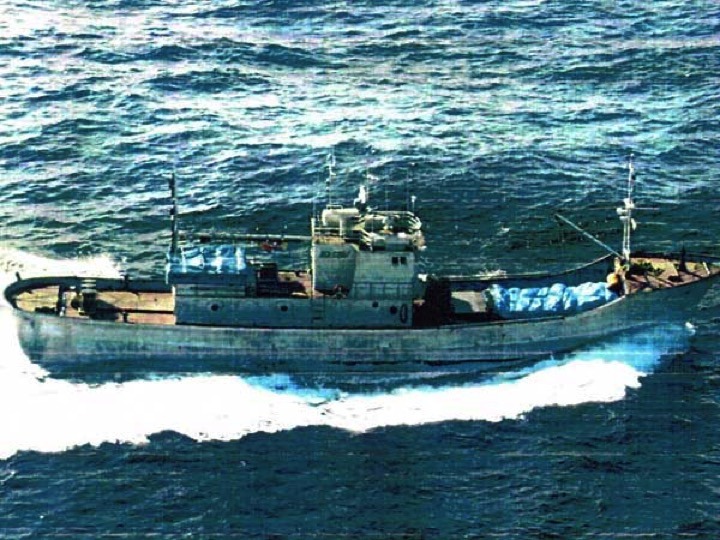 North Korean spy ship (photo: Japan Coast Guard)
North Korean spy ship (photo: Japan Coast Guard)
The failure was mostly due to legal restrictions which grossly delayed the use of weapons, and by the time JMSDF was finally allowed to board the ship, the pursuit had already reached the far end of Japanese waters.
Moreover, the JMSDF vessel tracking the spy ship only had a few 9mm handguns and Type 64 rifles on board, and the supposed boarding team had to strap comic books to their chest since no bulletproof vests were available.
Had such a poorly equipped and untrained team went on with an assault against an armed ship, the outcome would have been disastrous, possibly resulting in the first combat death in postwar history.
In any case, the failed attempt to stop the spy ship not only sparked public outrage, but also traumatized the Self-Defense Forces in general.
For an organization that takes pride in protecting its citizens, the fact that they allowed a suspicious ship, which may had been carrying abductees, was too terrible to contemplate.
Boarding and Inspection Duties
In light of the incident, the SBU was launched to prevent any future blunders, and was modeled after the US Navy SEALs upon their creation.
Located in Edajima (Hiroshima Prefecture), which is often considered the home of the JMSDF and the former Imperial Navy, the SBU is comprised of around 90 personnel divided into four squads.
Alike the JGSDF’s Special Operations Group, the unit maintains a highly secretive nature, with training being publicly disclosed only once in 2007. It was during this disclosure where the SBU was confirmed using the HK416 assault rifle and MP5 submachine gun in addition to the standard-issue Type 89 rifle.
Though the SBU is tasked with neutralizing suspicious ships, the inspection duties that await afterwards are actually to be conducted by a different “Boarding Inspection Team.”
This team is to be organized by crew members of each JMSDF vessel and are issued with basic equipment such as rifles and bulletproof vests, reflecting the lessons learnt from the 1999 incident.
In theory, the SBU would be responsible for storming the ship and eliminating any resistance while the Boarding Inspection Team would later come aboard for sweep and search activities.
But, in practice, the SBU would also carry out the inspection by themselves, as seen in the anti-piracy operations off the Somalian coast.
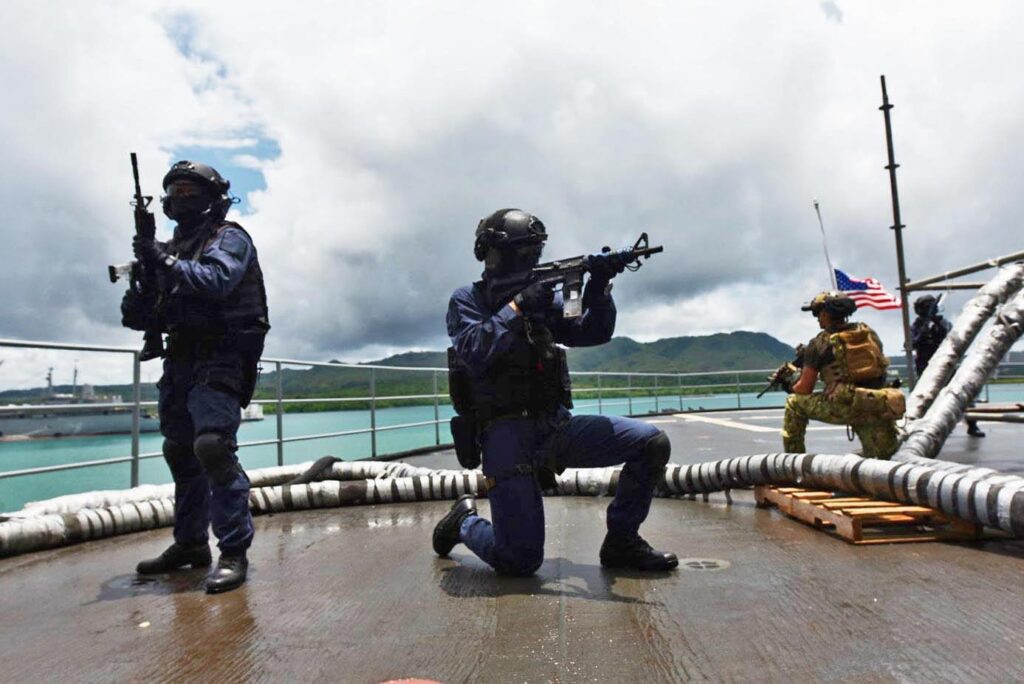 SBU members training with the US military (photo: JMSDF)
SBU members training with the US military (photo: JMSDF)
As a team of special commandos, the SBU is more than capable of conducting the entire mission on their own, not just for the standard boarding and inspection duty, but also for hostage situations and assault operations.
It is said that there were plans to deploy the SBU to retake Japanese citizens during the 2006 hostage incident in Iraq. This attempt was never made for political reasons, but it does indicate the SBU’s capability in achieving such objective.
Training and Benefits
Since the SBU undertakes dangerous missions as a frontline force, the members receive a special allowance that increases their salary up to 1.5 times compared to the regular sailor.
In return, they are expected to meet the toughest physical standard and mentality to endure extreme conditions, as well as conspicious insight and quick thinking for handling delicate situations.
So, how does one join this elite Navy team?
Recruitment is actually done on an annual basis based on the following criteria,
- Rank: Petty officer second class or higher
- Age Limit: Under 30 years old
- Excellent marksmanship
- Outstanding physical abilities (especially swimming)
- Robust mentality and high intelligence
There are no restrictions on specialties or job types, offering those in the rear-echelon sector an opportunity, though many members often come from the military police or underwater demolition (sea-mine disposal) sector.
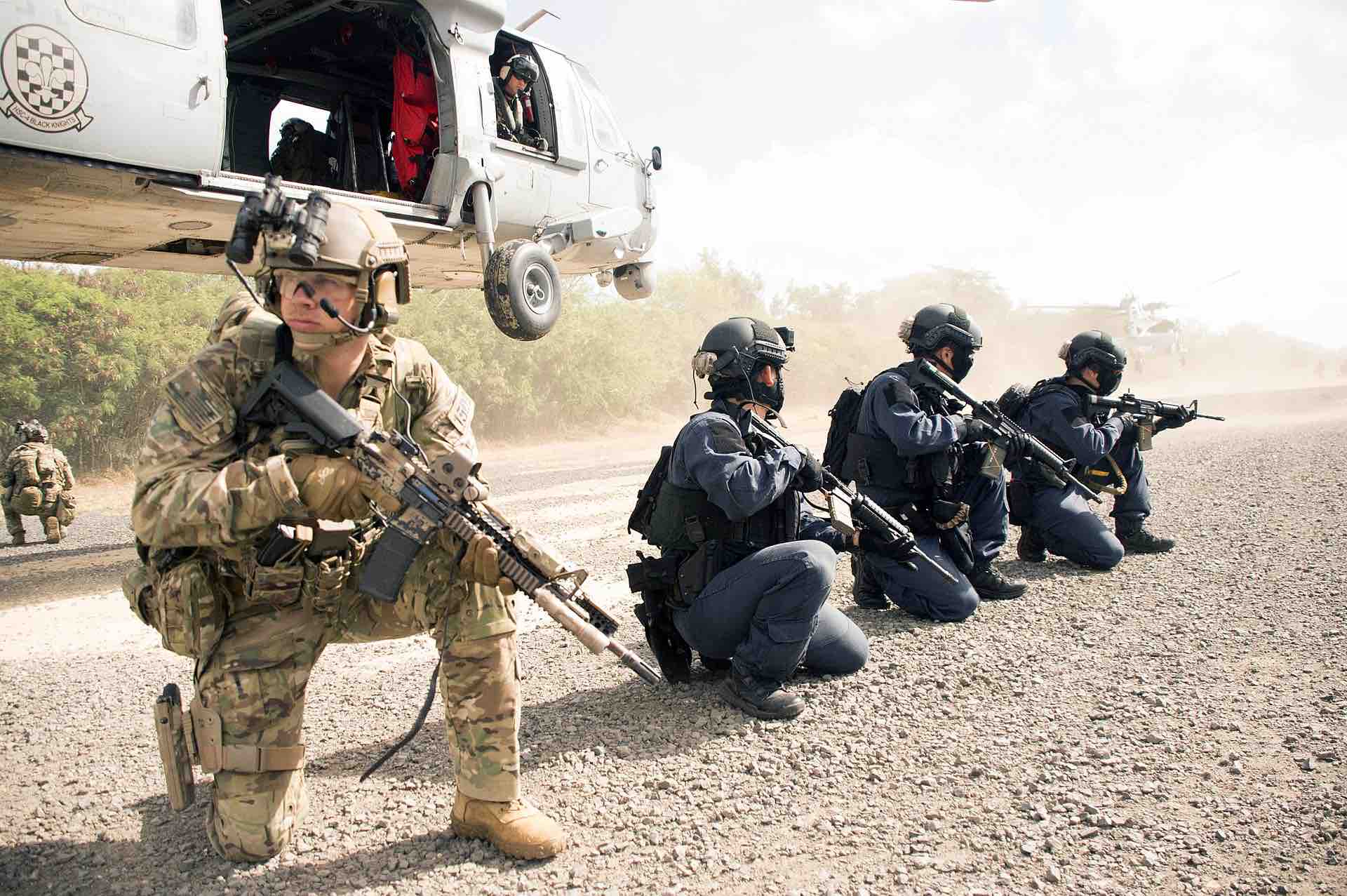 Japan-US joint training (photo: US Navy)
Japan-US joint training (photo: US Navy)
Upon passing the selection process of document screening, paper exams, physical tests, and interviews, the cadets will go through a rigorous two-year training course at Etajima.
Here, they will train for various missions including,
- Assaults using high-speed boats
- Airborne assaults
- Underwater infiltration
- Basic field combat
- Close quarters combat, hand-to-hand combat
Additionally, they would experience joint training with the US Navy SEALs and some would be fortunate enough to be sent for study abroad.
Another SBU Team?
While we have seen the role and capacity of JMSDF’s elite commando unit, the Japanese Coast Guard interestingly has a special unit casted with a similar name and task.
This coast guard unit, called the Special Security Team (SST), is to deal with maritime incidents within Japanese waters, including boarding and inspection missions.
While these duties somewhat overlap with the JMSDF’s SBU, the Coast Guard’s SST is mostly responsible for handling criminal elements such as crime syndicates and maintaining port security.
Any issues outweighing the Coast Guard’s capability and jurisdiction would be dealt by the SBU or other Self-Defense Force units.
This does not mean there is a clear boundary between the two organizations. Both units are expected to coordinate with each other and have conducted joint training on a routine basis.

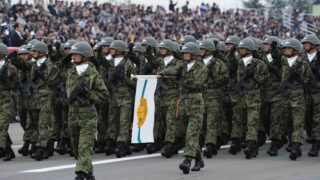
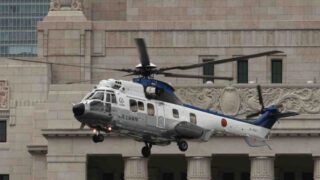
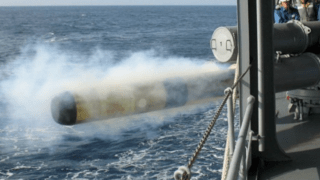

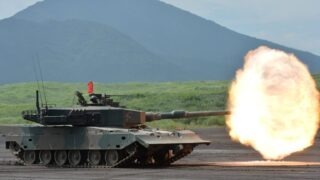
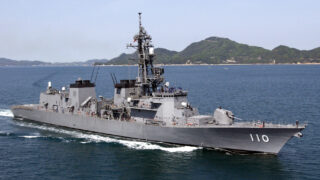
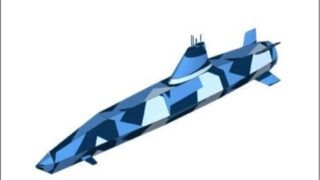
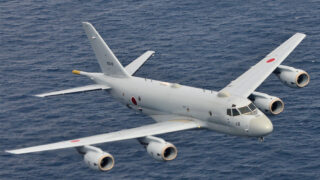
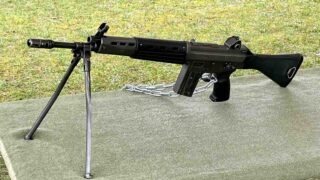
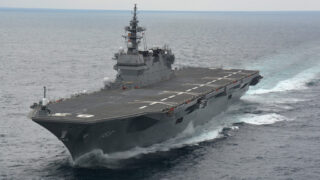
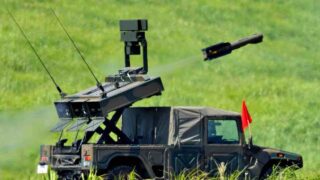
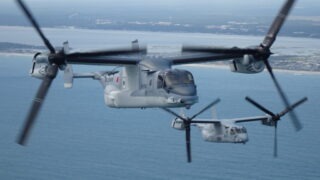
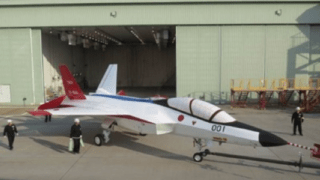
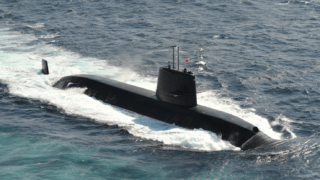
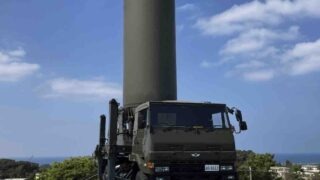
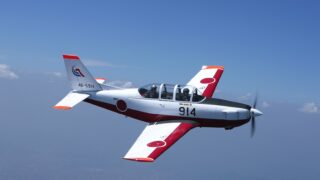
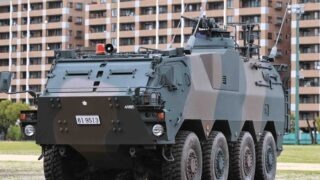

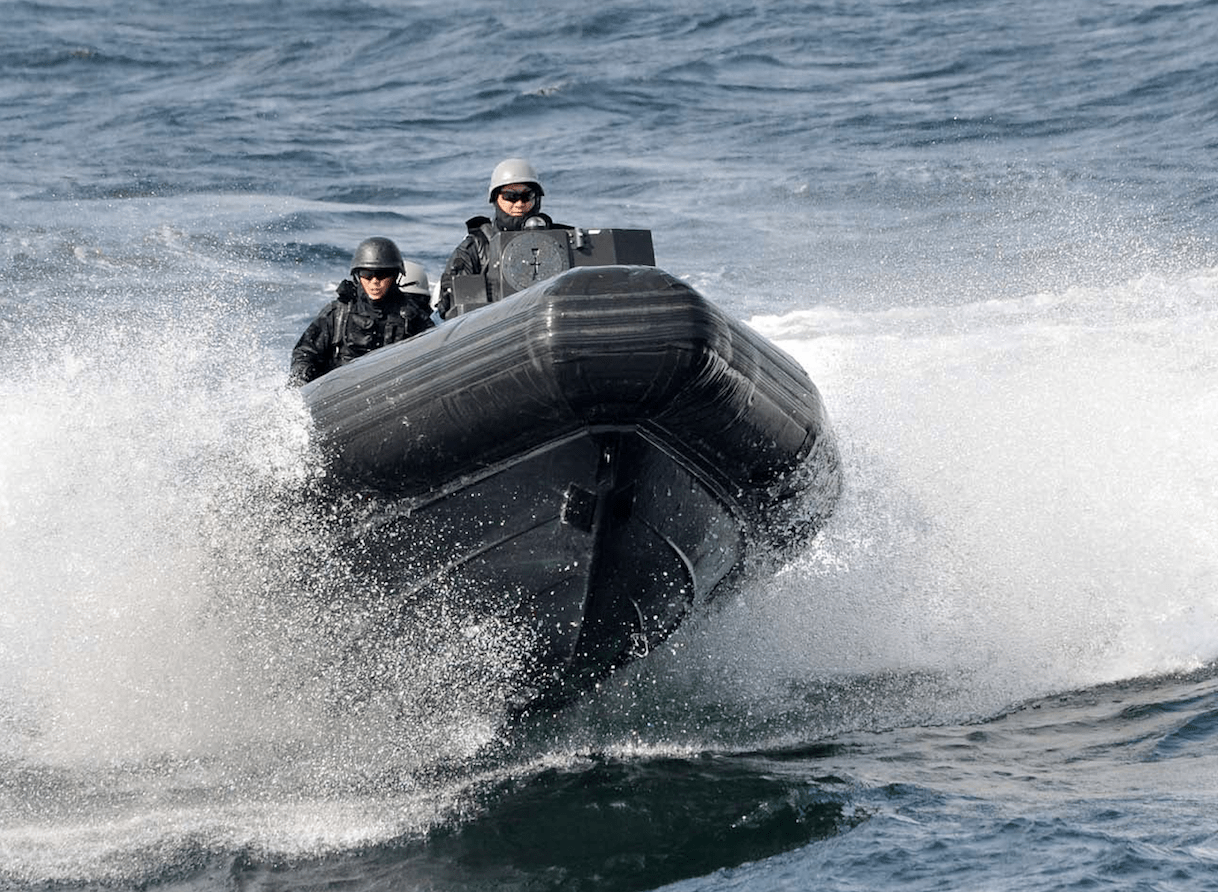
Comments